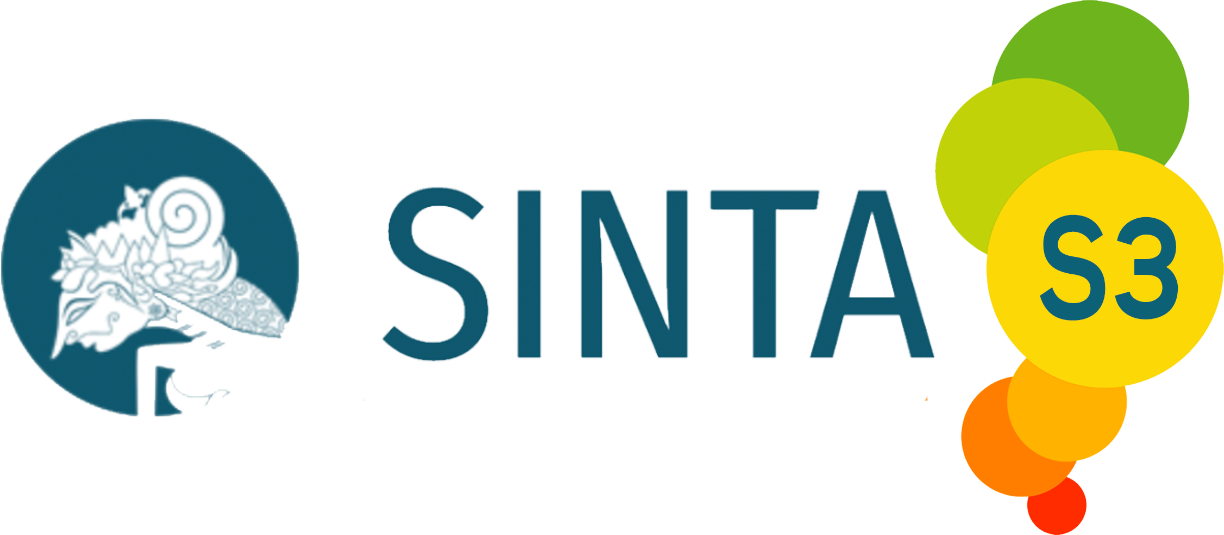Guidelines
The journal invites scholars and experts working in Islamic economics. Articles should be original, research-based, unpublished and not under review for possible publication in other journals. All submitted papers are subject to review of the editors and blind reviewers.
Articles should be written in standard English between approximately 5000-8000 words including text, all tables and figures, notes, references, and appendices intended for publication. Articles must be submitted to Ekonomi Islam Editorial Team by online submission at ejournal portal adress:
https://journal.uhamka.ac.id/index.php/jei
Structure of the article:
- Title; should be brief, short, clear, and informative which reflect the article content, each word of the title should be started with capitalized letter.
- Author names and institutions; should be accompanied by the author institutions, affiliation address, email addresses and telephone addresses, without any academic titles and/or job title.
- Abstract; written in one paragraph, in English and Indonesian, not more than 200 words and keywords (3-5 words), contains clear statement of the background of the study, the purpose of the study, method, result, and implication, with no references cited.
- The article based on fieldwork research should contain introduction, literature review, method, result and discussion, and conclusions. Meanwhile the article based on library or conceptual research includes introduction, discussion, and conclusion.
- References; References preferably the last 10 year publication. It is suggested to use Mendeley/Zotero as a reference manager at styling the bibliography by using APA Style 7th Edition.
The source of the in-text citation is written between open and close brackets stating the author's last name, year with a comma, and page number if necessary.
- If the citation is from one source and one author: (Miler, 2007), or (Miler, 2007, p. 27).
- If the quote is from one source with two authors: (Peterson & Seligman, 2004).
- If the citation comes from one source with three or more authors, the first citation should be written entirely (Wentzel, Caldwell, & McNamara-Barry, 2004) and subsequent citations with et al (Wentzel et al., 2004).
- If the citation comes from two different sources with the same author: Peterson, 2004, 2008), if the years are the same (Peterson, 2004a, 2004b).
- If the citation is from an institution: (UIN, 2010).
The bibliography contains the sources used in writing the article, which consists of 80% primary and up-to-date references (from journals and research) and 20% in the form of text references (maximum 10 years). It is best to avoid quotations or references that come from a department or media. The bibliography is written alphabetically according to the last name (without academic titles), both Indonesian and foreign authors.
Example
Kitayama, S., & Cohen, D. (2007). Handbook of cultural psychology. New York: The Guilford Press.
Chapter Book:
Triandis, H. C. (2007). Culture and psychology: A history of the study of their relationship. Dalam S. Kitayama & D. Cohen (Eds.), Handbook of cultural psychology (hal. 59-76). New York: Guilford Press.
Journal Article
Wentzel, K. R., Caldwell, K. A., & McNamara-Barry, C. (2004). Friendship in Midle School: Influence on Motivation and School Adjusment, Journal of Educational Psychology 96(2), 195-203.
Thesis, or Dissertation:
Nisa, M. (2017). Penerapan metode Tamyiz dalam pemahaman qawa’id di kelas XI MA Plus Nururrohmah Ponpes Al-Kamal Tambaksari Kebumen tahun ajaran 2016/2017 (Skripsi tidak diterbitkan). UIN Sunan Kalijaga Yogyakarta, Fakultas Ilmu Tarbiyah dan Keguruan.
Web page:
Nugroho, S. A. (2018, Januari 19). Seorang anak berkebutuhan khusus ditemukan tersesat di Cilincing. Kompas. Diakses dari https://megapolitan.kompas.-com/read/2018/01/19/20410251/seorang-anak-berkebutuhan-khusus-ditemukan-tersesat-di-cilincing.

